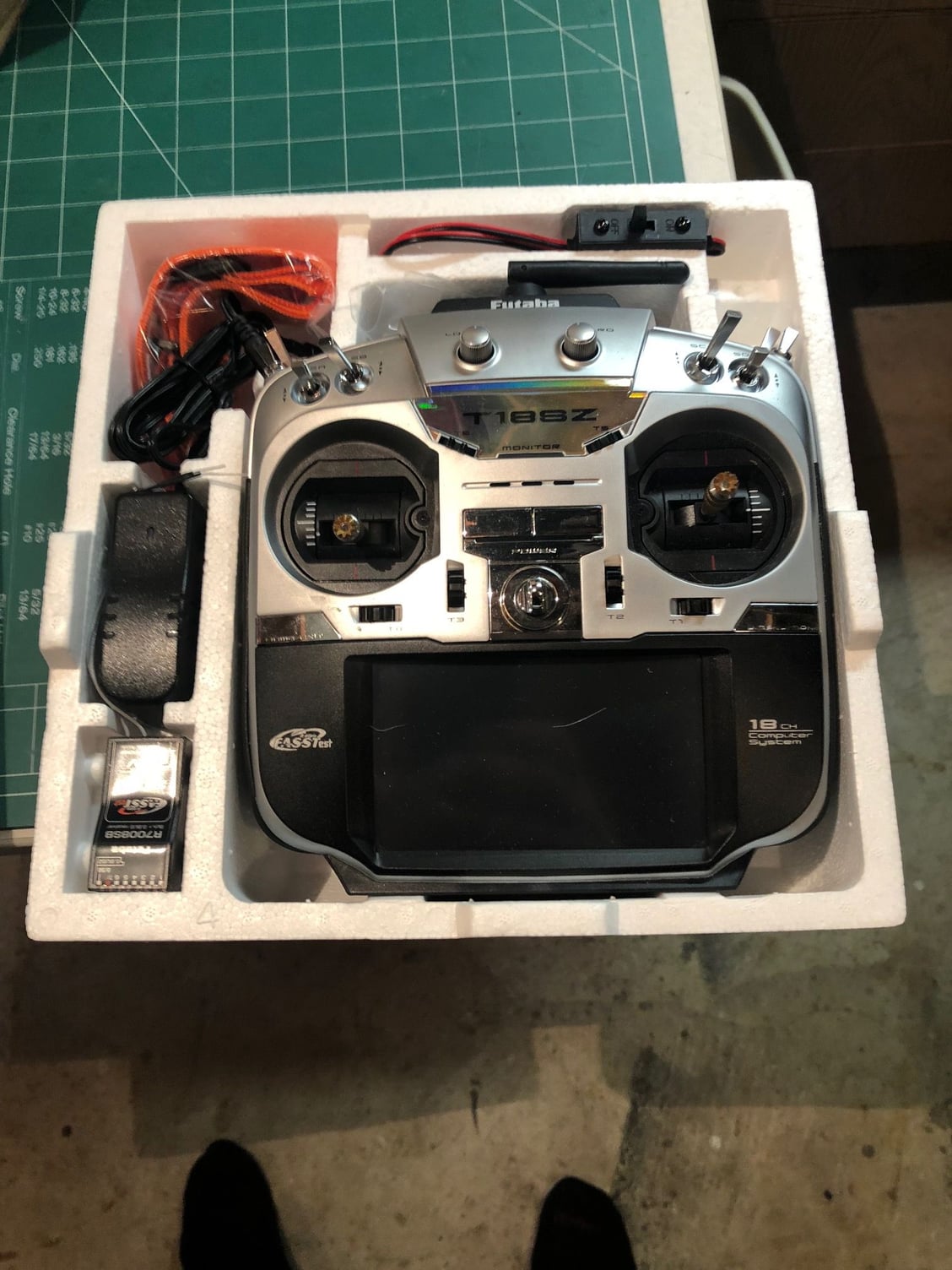


Shrink the tubing onto the wire with a heat gun. Place shrink tubing over the fuse and cover all sodered areas. The fuse should be attached as close to the external power supply as possible. Next, solder the fuse inline on the positive wire and reattach the section of wire that was previously removed and solder into place. The receiver does not feature an internal servo voltage limiter for the HV servo voltage.į1001100 "Extra Voltage" connecting lead with fuse.This is the Futaba CA-RVIN-700 External Voltage Input Cable. FEATURESUsed to connect a Futaba telemetry equipped receiver to an extra voltage port.INCLUDESCable, Fuse, Heat Shrink Tube and InstructionsSPECIFICATIONSLength: 700 mmCOMMENTSThis voltage cable plugs into the R7008SB next to the antenna.This measures the external voltage, such as the battery that is running a motor. The voltage will be displayed in the transmitter as "EXT-VOLT".Maximum voltage is 70 volts.Cable should be cut to desired length, then remove & save 30mm from the positive black line. Note: if a 7.4 V LiPo battery is used to power the receiving system, all the connected servos must also be compatible with the high voltage. F1001100) is used to complete the connection.īroad voltage range of 3.7…7.4 V nominal voltage.

If an external voltage (flight battery) is to be monitored, output port 2 is switched from servo operation to voltage measurement. 70 V DC) and aerial signal strength, i.e. The data include receiver battery voltage, external voltage (max. When the receiver is connected, data are automatically transmitted to the ground by radio. The receiver's integral transmitter sends the telemetry data present at the S.BUS2 socket to the FASSTest® transmitter, where the data are displayed on-screen, spoken, or generated in audible form.Īlternatively, the data can be transmitted to a separate Telemetry-Box. The dual-aerial diversity system constantly checks the signal quality at both aerial inputs, and switches to the stronger input signal virtually instantaneously, without any transition delay.ĭevices or sensors can be connected via the S.BUS2 socket, and up to 32 telemetry data sets can be transmitted. Switchable output frame rate for the digital servo control signals - 6.3 ms instead of 16 ms - resulting in even faster response. Outputs can be switched to S.BUS and / or S.BUS2 protocol. Additional standard servos can be connected to receivers using S.BUS PWM adapters.No cable "spaghetti", and reduced weight.Up to 18 of the new, programmable S-BUS servos or peripheral devices such as gyros, flybarless systems or speed controllers can be connected directly to this output. The 3 PWM servo channel outputs can be divided into 11 groups for output ports 1 and 2 the output sequence is freely variable within broad limits. The Futaba R7003SB is a FASSTest 2.4GHz Bidirectional S.BUS2/S.BUS Port and Conventional System Programmable Receiver. With the S-BUS system for up to 18 channels, making it suitable for all models from mini-helicopters to large-scale aircraft. Ultra-slim for models with narrow fuselages.
#R7003sb for helicopter full
Small, lightweight 3 /18 - channel 2.4 GHz FASSTest® S.BUS receiver weighing only 7 g, with full range and integrated telemetry transmitter.


 0 kommentar(er)
0 kommentar(er)
